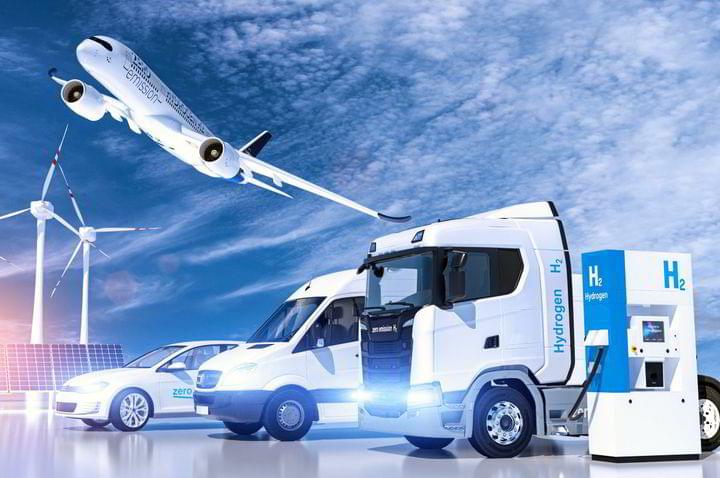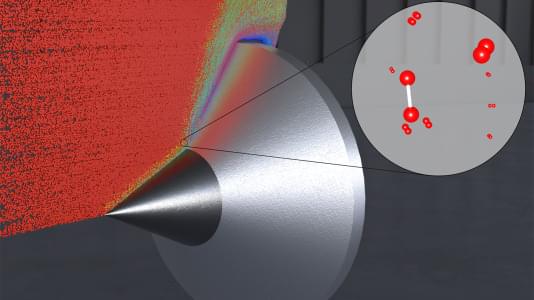A major vulnerability in a networking technology widely used in critical infrastructures such as spacecraft, aircraft, energy generation systems and industrial control systems was exposed by researchers at the University of Michigan and NASA.
It goes after a network protocol and hardware system called time-triggered ethernet, or TTE, which greatly reduces costs in high-risk settings by allowing mission-critical devices (like flight controls and life support systems) and less important devices (like passenger WiFi or data collection) to coexist on the same network hardware. This blend of devices on a single network arose as part of a push by many industries to reduce network costs and boost efficiency.
That coexistence has been considered safe for more than a decade, predicated on a design that prevented the two types of network traffic from interfering with one another. The team’s attack, called PCspooF, was the first of its kind to break this isolation.








